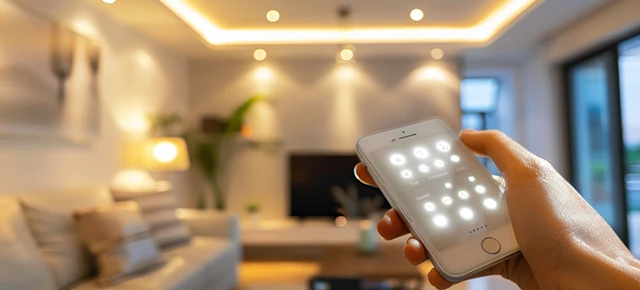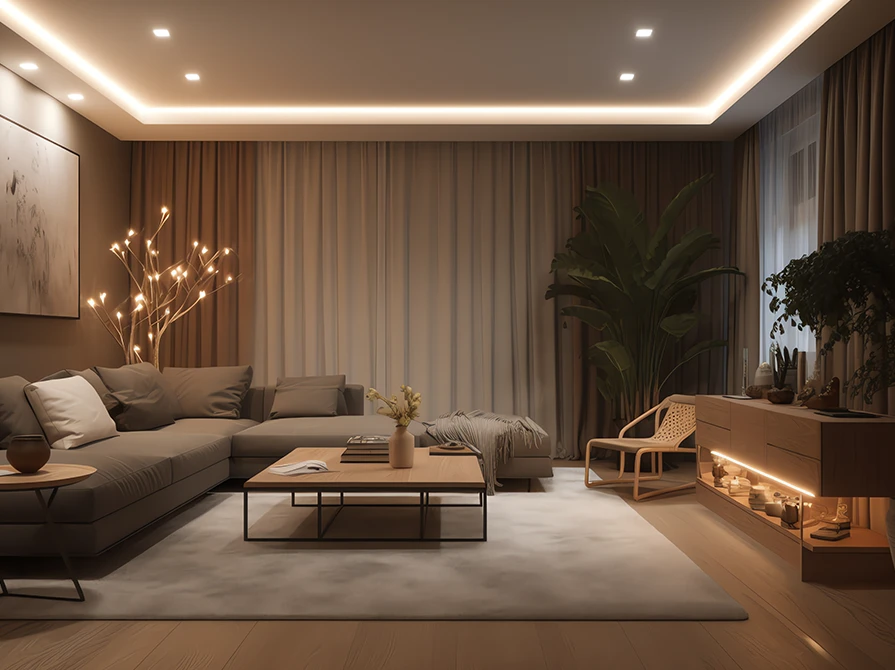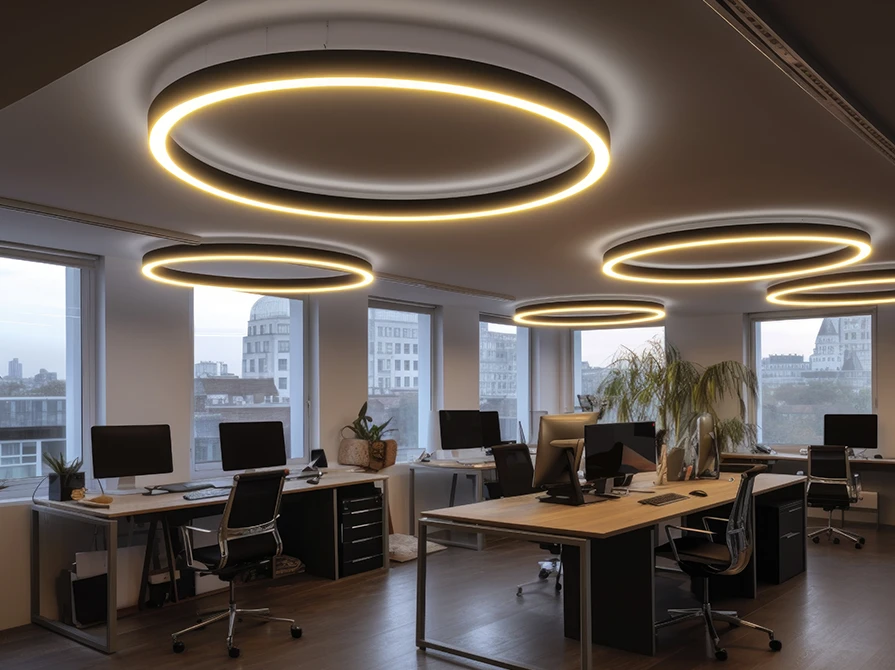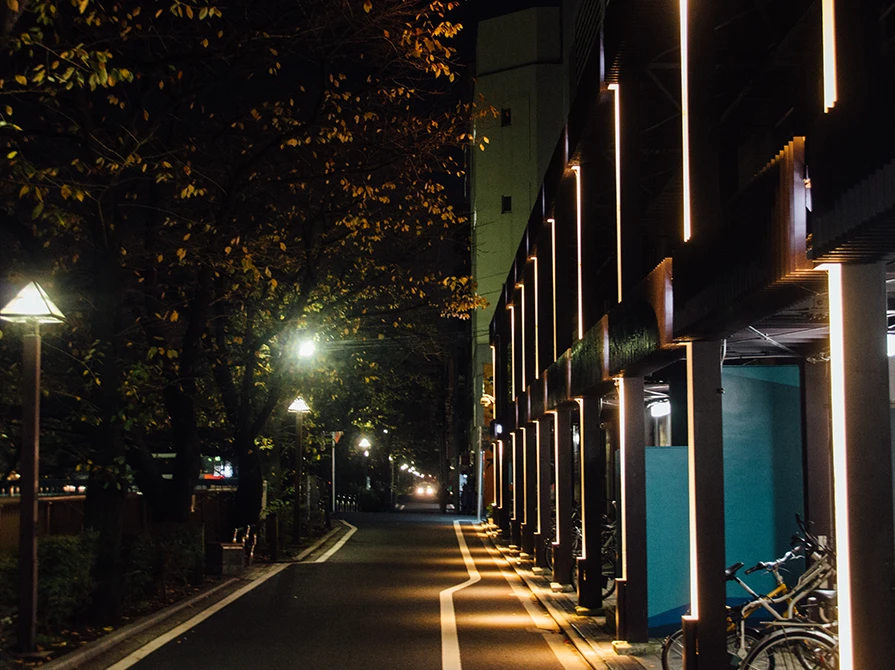


Smart workspaces? That’s so passé! Ever heard of connected workspaces? If not, it’s a reality now. With smart lighting controls, you can connect your light and easily transform your world. Smart lighting is where sophistication meets automation, and with a simple press of a button, you have control over lights in the entire space. Smart LED lights and lighting controls know no boundaries – from daylight harvesting to task tuning, it can do it all.
Here are FAQs on smart lighting controls that will help you understand how they work and aid in energy conservation.
Any lighting equipment like LED lights that has an element of connectivity or intelligence with it is known as connected lighting. It bridges the gap between LED lighting and information technology to take lighting beyond illumination. Furthermore, its data collection and sharing ability transform the way we have perceived lights. It helps in creating spaces that are welcoming, atmospheric, efficient and productive like never.
As the name suggests, these are intelligent lighting solutions that use the features of connected lighting to improve the lighting experience for the users. They can be used to monitor and customize the luminaries as per the requirements. Some smart lighting controls also collect essential data about things like space utilization, energy consumption, light level data to ensure efficiency.
Smart lighting controls that are available in the market are designed for various purposes. Hence, it is important that you must know about their types. Some of the main types of smart lighting controls include:
Smart lighting controls have brought a new revolution in the lighting industry, and all the credit goes to their myriad advantages. Here is a list of some of the advantages of smart lighting controls that will make you install them right away!
Smart lighting controls can be utilized in many areas ranging from commercial to industrial sector. Some of the best places where they can be utilized are offices, homes, theatres, hospitals, highways, industries, warehouses among many others. Brands like Wipro Lighting offer an impressive range of smart lighting controls that can help you make the most of this futuristic technology.
Thanks to the user-friendly technology, it is not a tough deal to get smart lighting controls installed. They require a simple setup, and if you have any issue, it will be resolved by the lighting controls system provider. There are also various videos and articles that can help you get through the installation process smoothly.







